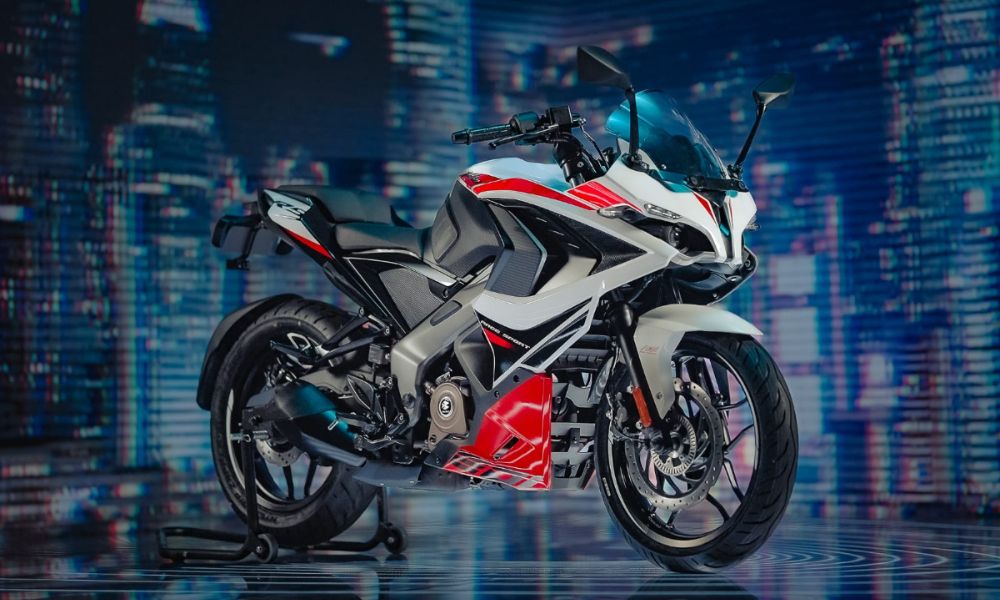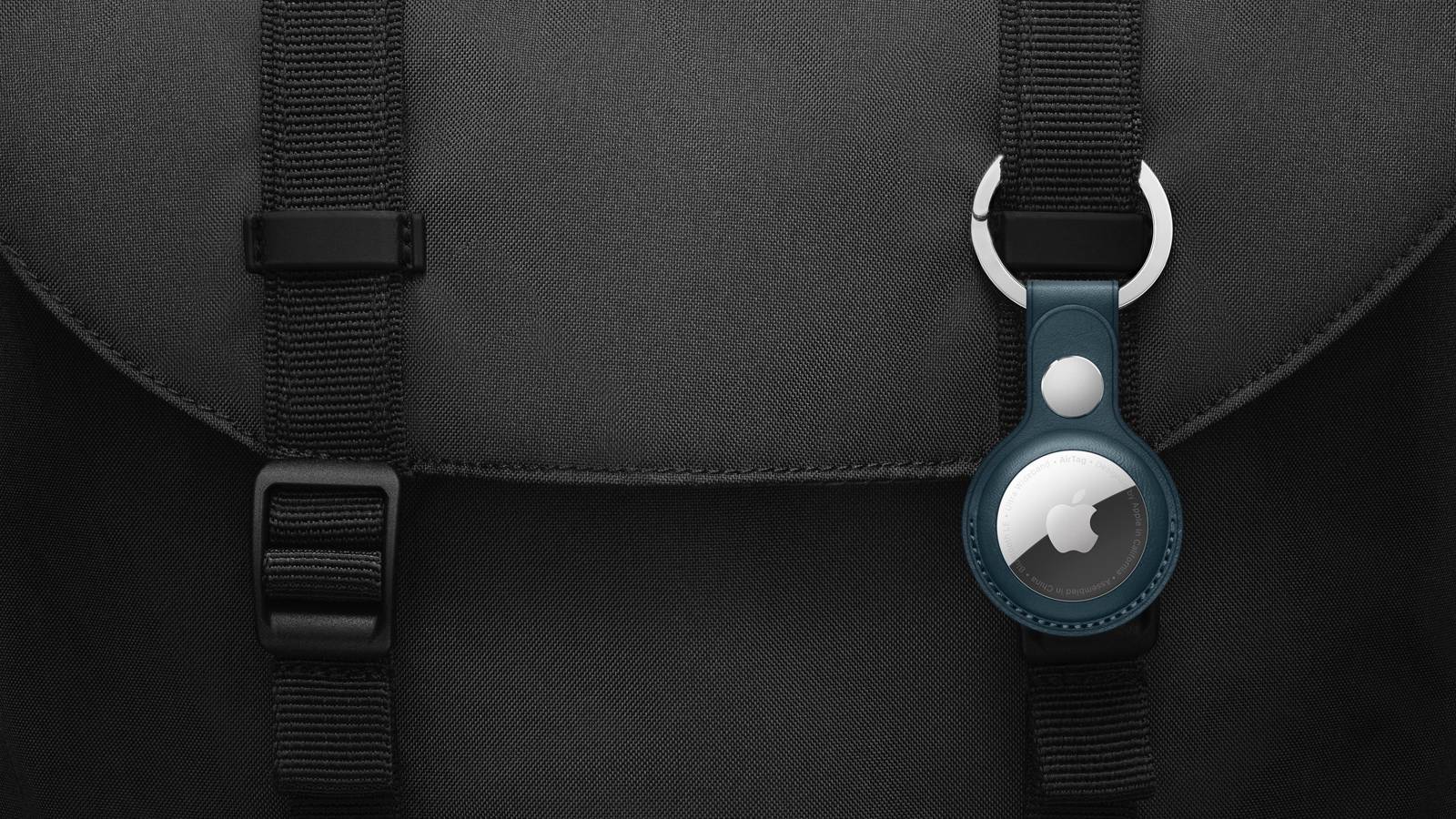SSDs are getting more reliable, and we have the numbers to prove it
Cloud storage company Backblaze has announced its latest round of figures monitoring SSD reliability, and they make pretty good reading for many users.
For storing customers’ data, the company still uses HDDs with large capacities, but it has been using SSDs associated with higher speeds since the end of 2018 as boot drives, which means we now have several years’ data about how well they perform in real life.
By December 31, 2022, Backblaze had 2,906 SSDs on its books spread across 13 different models, most of which, it says, are considered consumer-grade thus they would equally be at home in your own PC.
Are SSDs reliable?
As part of the tests, Backblaze compares its SSDs from Crucial, Dell, Micron, Seagate, and WDC, measuring between 240GB and 2,000GB, though it’s worth noting that the majority of its data focuses on Seagate drives which make up almost two-thirds (63%) of its SSDs by number, or over half (56%) by total capacity.
Each drive was awarded an Annualized Failure Rate (AFR) percentage, representing its probability of failure during a full year of use. The figures indicate that the batch of SSDs Backblaze currently uses has an average AFR of 0.98%, having recorded a total of 25 drive failures across a combined 934,441 days.
In its report, it’s clear that Backblaze takes a cautious approach to its figures. Though seven of the 13 drive types had no failures, six of those had been running for fewer than 10,000 days which it says does not provide sufficient data to make a reliable projection.
Even so, this figure is down compared with the AFR of 2021, which stood at 1.05%.
It’s also possible to extract some temperature-related guidance from the research, with SSDs running hotter on average during the warmer summer months, highlighting the need for proper care and attention. A further spike in the runup to Christmas also saw temperatures rise, though the reason for this isn’t clear.
The 2022 SSD AFR was substantially lower than the 1.37% rate recorded in 2022 across a combined 78 million days, and 230,000 drives, for HDDs. With this in mind, and SSD prices heading in a downward direction, SSD adoption may soon rise to new heights.
Need a machine to put that SSD to use? Here are the best workstations




